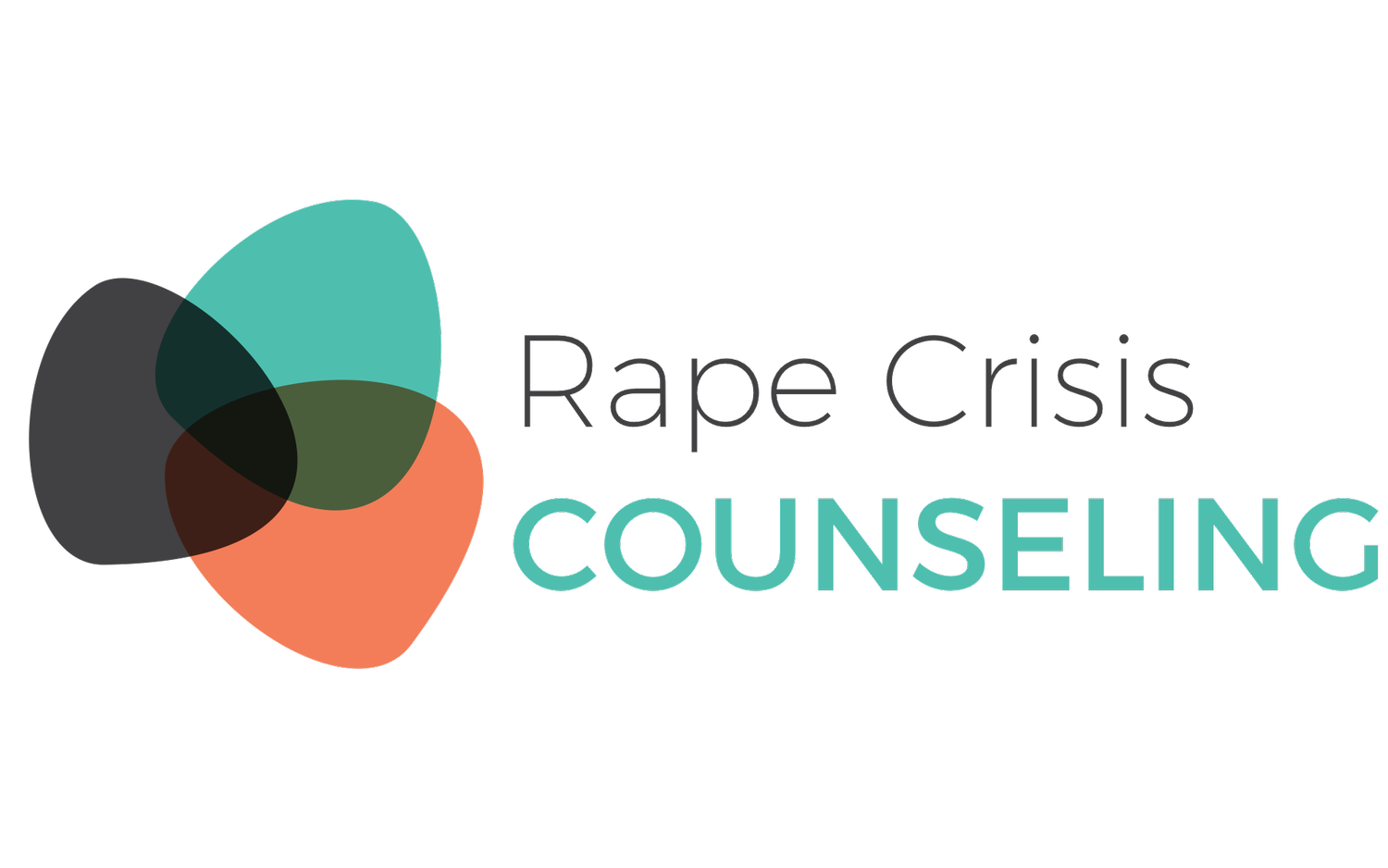4.3.4 Forensic Exam Steps
Usually, a formal evidence collection kit comes in a box that has all the materials a healthcare provider will need. Inside the kit there will be different envelopes, forms, bags and labels.
Just because parts of the kit may be labeled in a specific order does not mean that they necessarily need to be completed in that order.
If the survivor has been waiting to use the toilet, prioritize the internal exam so that they can use the toilet before the exam continues.
If the survivor is hungry or thirsty, prioritize the oral exam so that they can have something to eat or drink, and then continue the exam.
If all the steps are completed, it does not matter in which order they are done.
The healthcare provider needs to ask the survivor for permission before beginning each step of the exam and physical evidence collection and must wait to receive consent before they start.
During the processes, they need to check in with the survivor to see if they should pause before continuing, especially if the survivor seems to be, or indicates that they are, in distress.
You may need to ask the healthcare provider to pause or be patient, as supporting the survivor in this way takes additional time but is essential to providing the appropriate emotional support.
For someone who has already been through sexual assault, the steps of the collection process can feel forced and non-consensual, like a repeat of the assault in many ways.
Navigate the process of consent at each step and do your best to support the survivor.
There are several steps of external evidence collection.
At each stage, pause with the healthcare provider, ask them to explain to the survivor what the next step will involve and ask for consent again before continuing.
Everything in the forensic exam is optional.
The process of consent is the most important piece of your work as an advocate and must not be rushed or skipped.
If the survivor chooses not to consent to a step in this process, the fact that they did not consent will be written on the envelope to show that this is an intentional part of the process and was not missed by mistake.
